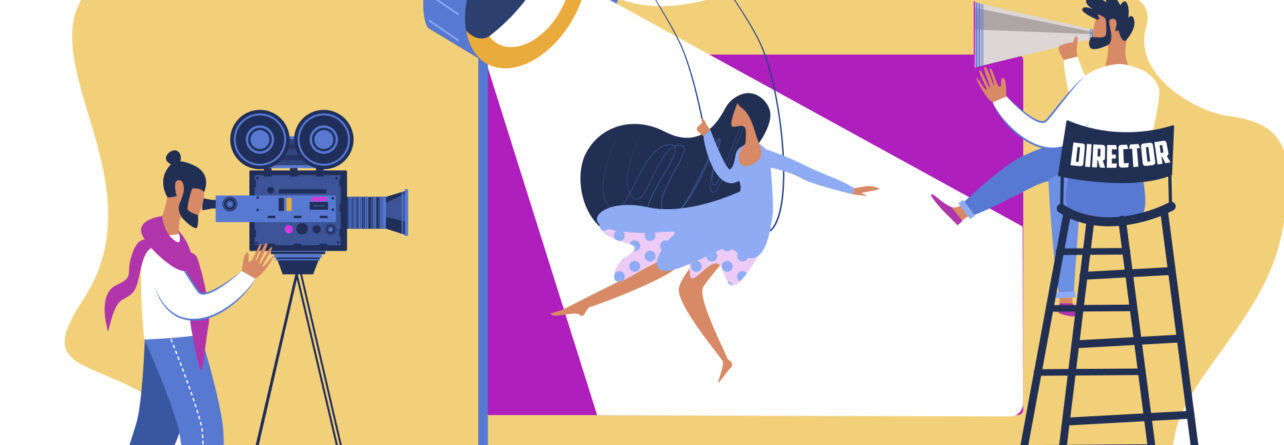There is nothing worse than arriving home from a hectic day of shooting, transferring your newly shot media, and realizing that something was amiss from the shoot. The boom might be ever so slightly creeping into the frame, or perhaps someone has left their iPhone in the shot, and your film is set during WW2. Or even worse, you may have been slightly out of focus. When starting as a filmmaker, there were many times I thought I had captured razor-sharp focus, and actually, I was out. Of course, back in 2009, It didn’t help that when you’re shooting on a DSLR in broad daylight with no viewfinder, as it becomes next to impossible to make out what is on the LCD. It’s an easy mistake to make.
If your entire scene is based between two characters and you have only captured two angles, and one take for each character, then you’re going to be stuck on thin ice if you encounter a mistake later on. It will force you to reshoot the scene or scrap it altogether. Both will cause headaches and leave your team feeling disgruntled. With this in mind, it’s best to capture as much coverage as possible. That means if any mistakes arise, which they will, you will be able to divert the audience’s attention elsewhere using another angle or an insert.
How To Ensure Good Coverage
Below are several tips for a few methods for ensuring minimal mistakes when you bring your captured footage to the edit.
- Shoot a master of the scene. This will help establish the location of a scene, and it will give you something to fall back on if you encounter a mistake.
- Obtain as many cutaways as possible. This will not only give the editor more options, but you may find they better help tell the story.
- Even if the actor has given you a one-take wonder, get another take for safety.
- To reduce re-lighting time and avoid making setup mistakes, acquire all of your shots on one actor (long, mid, close) one after another before switching set up to the other actor.
- If you can afford the time, try to slot in some extra shots of the actors from unscripted angles. You may find that a different angle from the one planned may better the story.
- Grab an establishing shot of every location you go to.
- If you lose focus during a take, or if the actor misses a line, carry on with the take and start over from the mishap instead of starting the entire scene again. If you’ve acquired an insert, then you can use that to blend the two cuts.
Check out the cinematography section for more cinematography-oriented tips.

